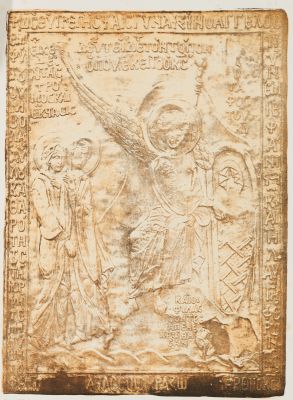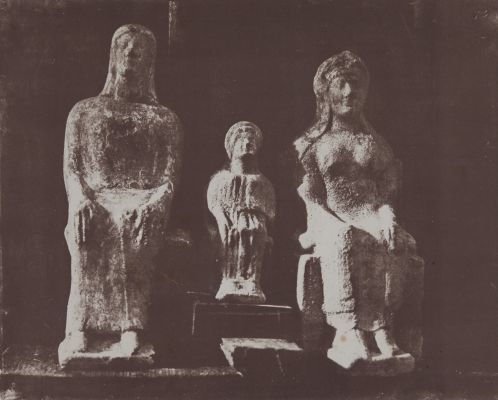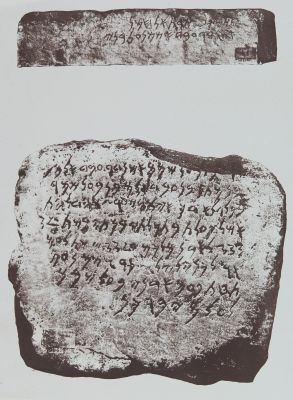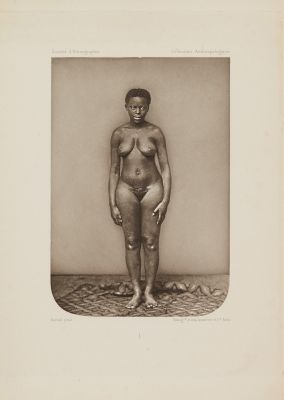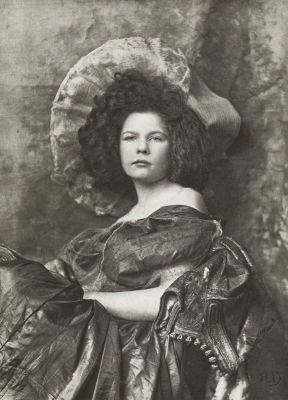
Title
Photographie de la Lune, á son 1st QuartierArtist
Rutherfurd, Lewis M. (American, 1816-1892)Publication
Cours D Astronomie - Portefeuille des ElévesDate
1885Process
WoodburytypeAtelier
Lemercier et CieImage Size
36.8 x 26.7 cm
The American astrophysicist Lewis Morris Rutherfurd is considered a pioneer of sky photography. For his studies, he experimented with various instruments, such as a special telescope, which he needed for astrophotographs. From 1858, Rutherford used an equatorial telescope together with an achromatic lens to photograph his ‘Rutherford moons’ He described recordings that showed the surface of the moon in detail and with a clear image of shadows, presented to the Société française de la photographie after 1865 and the Academy of Sciences in Paris in 1872. They represented a major step in the study of geology of the stars and were therefore often reproduced in the periodicals of the day. [1]
"Photographie de la Lune à son 1er Quartier", 1865. Photoglyptie de Mr. Rutherfurd montée sur carton, signée et datée dans le négatif, légende et mentions "Imp. Photo Lemercier & Cie, Paris – Ecole Polytechnique 1re Division – Cours d’Astronomie, Portefeuille des Élèves". A Woodburytype this large was very difficult to make.
Reproduced / Exhibited
Wakeman, Geoffrey. Victorian Book Illustration: The Technical Revolution. Newton Abbot: David Charles, 1973. plate 30 (alt).
Hermann Vogel. The chemical effects of light and photography in their application in art, science and industry. Leipzig, 1874. (Fig. VI)
National Gallery of Art Accession Number 2006.133.115
References
[1] Michel Frizot: "The absolute eye, the forms of the invisible" in: Michel Frizot (ed.). New history of photography. Cologne, 1998 pp. 273-291

